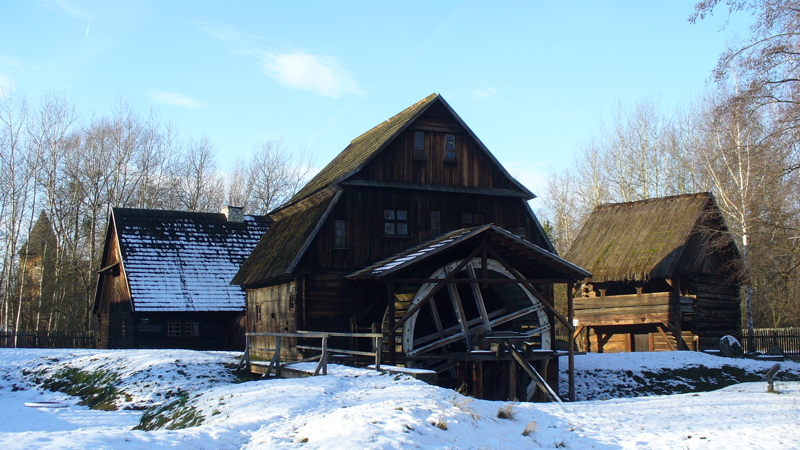-
1986-s-1-logo.jpg)
Number by catalogue: Michel: 3060 Scott: 2768
Perforation type: 11 ½x11
Subject:
5 zloty. A windmill of 1918 from Zygmuntow*. Now in open-air museum in Lublin**
Additional:
*Zygmuntów is a village, located between Lublin and Zamość, eastern Poland
**The idea of establishing an open air museum in Lublin was born in 1960. The initial stage was setting up as a self governing unit the Department of Folk Architecture at the District Museum in Lublin. On January 1st, 1970 the Department was changed into an autonomous Lublin Open Air Village Museum.
According to early plans the Lublin Open Air Village Museum was to be located in Kalinowszczyzna city district and to cover the area of 12ha. Due to difficulties in acquiring necessary land for this specific activity in 1975 the Museum was given the new 27ha area in the suburban city district Slawinek.
In May 1976 the works with the first object having been transferred to the Museum, the windmill from Zygmuntow were started. It was on September 27th, 1979 that the first Museum sector - The Lublin Upland - was opened.
Now over 50 historic buildings are being stored within Lublin Open Air Village Museum. Those are waiting for "better times" due to lack in funds at the Museum's disposal.
-
1986-s-2-logo.jpg)
Number by catalogue: Michel: 3065 Scott: 2772
Perforation type: 11x11 ½
Subject:
30 zloty. The watermill from Siołkowice Stare (Alt Schalkowitz), from the end of XVIII th cent., rebuilt in 1832. Now in Opole Village Museum**
Additional:
*Stare Siołkowice (German: Alt Schalkendorf) is a village northwest of Opole.
**The Opole Open-Air Museum of Rural Architecture was established in 1961. The Museum's range of tasks and objectives was laid out, which included: the collection, conservation, and scientific study and exhibition of folk culture landmarks from Opolan Silesia, with an emphasis on wooden folk architecture.
17th-20th centure Wooden architecture
Poland 1986.11.26
In issue: Stamp(s): 6